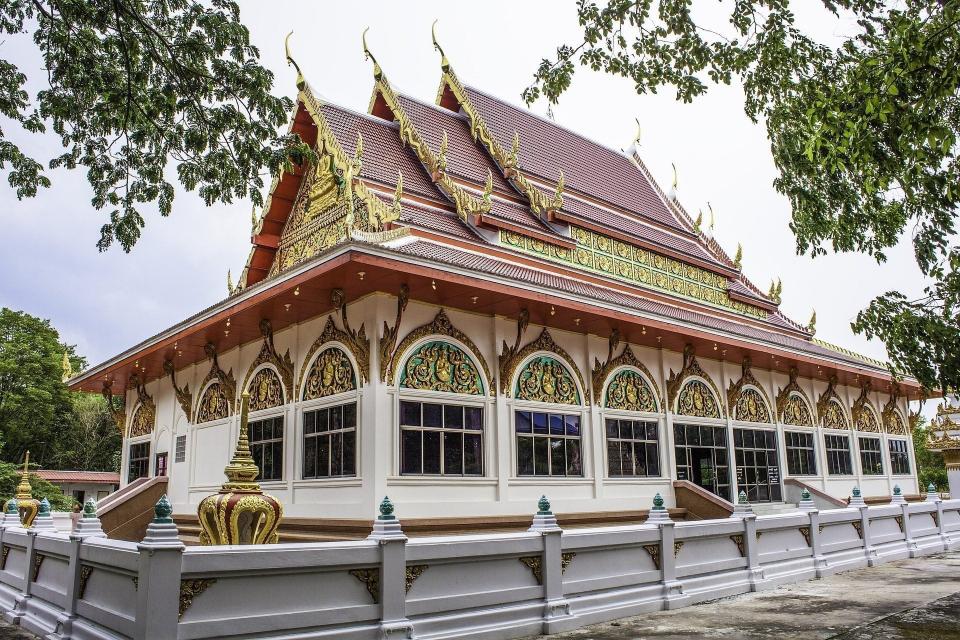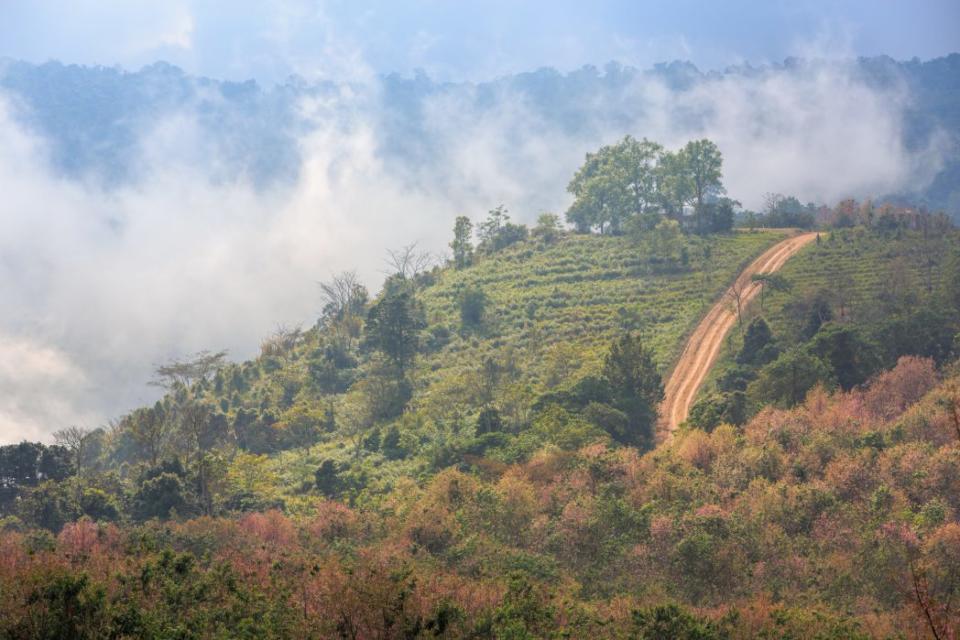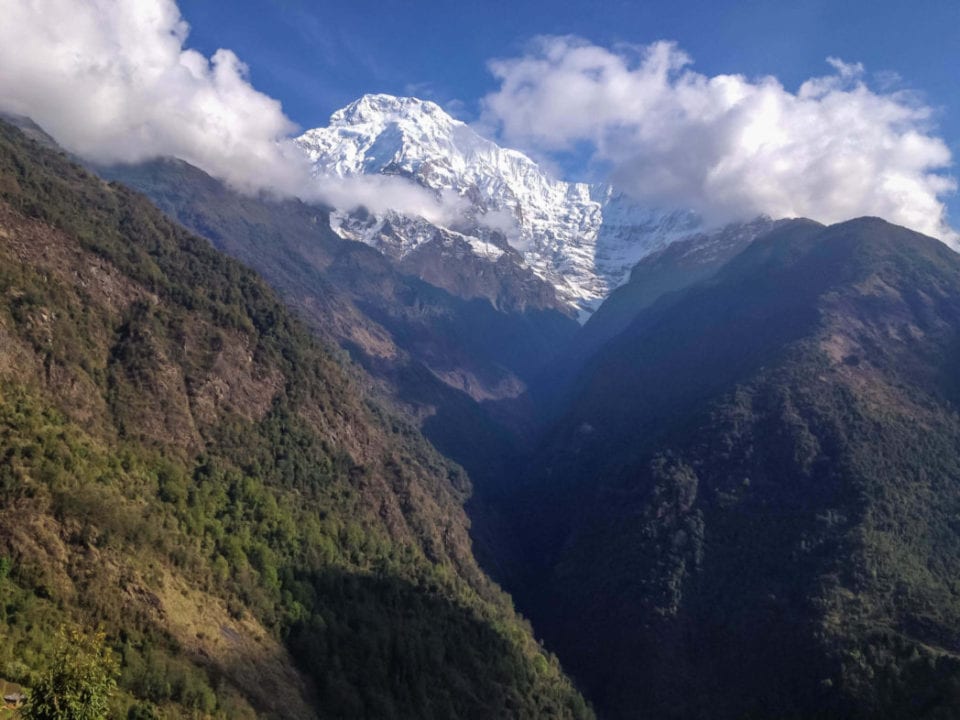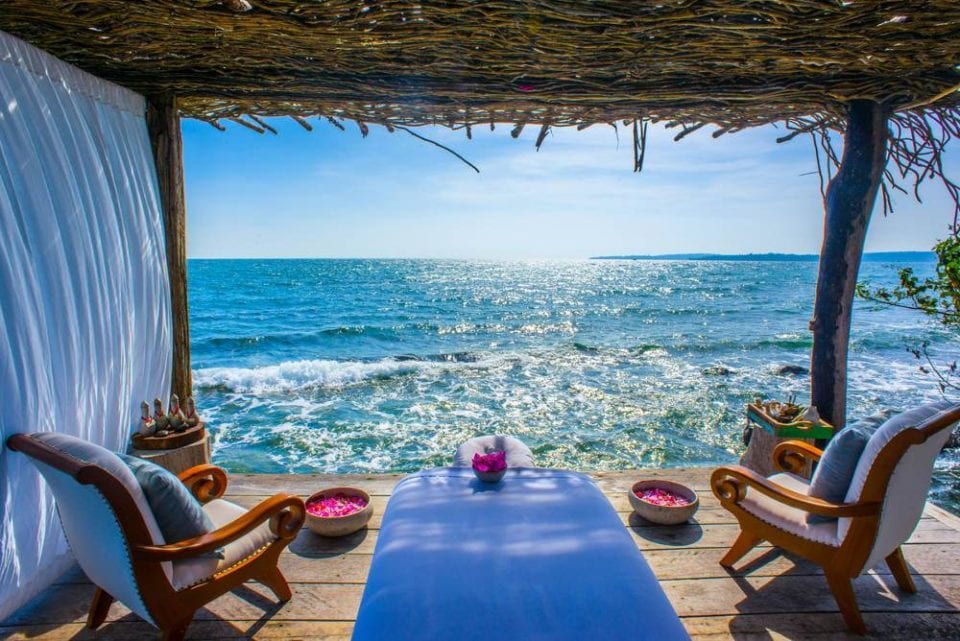Day 1 – Kathmandu arrival
Welcome to Kathmandu, the capital city of the Himalayan kingdom of Nepal. You will be met on airport and transferred to your hotel. After the arrival, the group will be formally introduced to Guide for the activities over the next few days. One should pay attention in particular to the safety aspects of the briefing. Any questions or doubts should be asked and clarified at this time. We check your insurance details and other requirement for your trekking.
Day 2 – Sight seeing around at Kathmandu
After breakfast, we start an interesting tour around Kathmandu. Escorting by an English speaking guide (can be provide any language speaking guide on request) be, try to give them a full taste of our vivid culture image and an enchanting manner of its people. In our sightseeing tour we go to Monkey temple Swayambhunath, Pashupatinath and Kathmandu Durbar square.
Durbar Square This complex of palaces, courtyards and temples, built between the 12th and 18th centuries, used to be the seat of the ancient Malla kings of Kathmandu. An intriguing piece here is the 17th century stone inscription set into the wall of the palace with writings in 15 languages. The Durbar square, protected as an UNESCO world Heritage site, is the social, religious and urban focal point of the city. There are also museums inside the palace building. There is an entrance fee of Rs.250 for foreign visitors. Your ticket to the Square entitles you to visit all the museums.
Swayambhunath 6.5 kilometers west of Kathmandu, situated on a hillock, this 2000 years old Stupa is the world’s most glorious Buddhist shrine and is surrounded by several small pagodas. The main temple is capped by a pinnacle of copper gilt and is painted on the four sides with all seeing eyes of Lord Buddha.
Pashupatinath dedicated to Lord Shiva, is the holiest and most famous Nepalese temple. Situated 5 kilometers northeast of Kathmandu on the bank of the sacred Bagmati River, it is an impressive pagoda style structure with gilt roof and richly carved silver doors. It has bathing and cremation ghats, which are of absorbing interest to the tourist, particularly in the mornings and on festival days.
Day 3 – Kathmandu – Sundarijal – Chisopani
Drive from Kathmandu to Sundarijal (1350m.) which takes about one hour. The unpaved road from Kathmandu turns into a trail near a small hydroelectric plant. The trail will enter through the Shivpuri Watershed and Wildlife Reserve. The first settlement we will come across is Mulkharka with Tamang habitants. The route heads down the ridge through a forest of oaks and rhododendron to Chisopani (2200m.)
Day 4 – Chisopani – Kutumsang
Trek from Chisopani to Kutumsang (2446m.) which takes about seven hours. The trail continues to drop from Chisopani on a good, sometimes level, trail that crosses meadow and fields. You will then descend through Pathi Bhanjyang till Gul Bhanjyang. The trail climbs the ridge from Gul Bhanjyang to another pass at 2620m. The meadow makes a good camping spot, its downhill to Kutumsang at 2470m, in a saddle atop the ridge.
Day 5 – Kutumsand – Thare Pati
Trail undulates gently through green terraced fields, tiny hamlets and stretches of grassy, open hillside, before climbing through rhododendron forest to the colorful Tamang village of Gul Bhanjyang finally reach to Thare pati.
Day 6 – Thare Pati – Melamchi Gaon
Trek from Magen Goth to Melamchi Gaon (2640m.) via Tharepati Pass (3650m.) which takes about six hours. The trail gradually ascends through the enchanting forest enriched with beautiful rhododendron, oak and other trees. Tharepati in fact is a great view point from where you can take a glimpse of the breathtaking snow caped mountains views such as Dorje Lakpa, Gaurishankar, Langshisa, Jugal, Numbur and many others. From Tharepati the trail gradually descends through the pine and rhododendron forest with great views down into the Helambu valley and across to Jugal Himal and Numbur in the Solu Khumbu. Melamchi Gaon is surrounded by beautiful forests, which is mainly inhabited by Sherpa people with their distinctive culture. There are some Buddhist monasteries situated which can be visited
Day 7 – Melamchi – Tarkeghyang
A glimpse of the neighboring village of Tarkeghyang across the valley may have you praying for a bridge, but today the trail descends steeply to the valley floor, where you can have a well-earned dip in the crystal-clear river before completing the short and mild ascent up the other side of the valley. Set into the hillside, Tarkeghyang boasts an 18th century gompa with a huge brass prayer wheel.
Day 8 – Tarkeghyang – Melamchi Pul
The path descends gently to the valley floor, where it winds alongside the river through fertile cultivated fields of rice and corn. You may want to spend more than one day walking at a leisurely pace through this beautiful valley to the road-head at Melamchi Pul.
Day 9 – Melamchi Pul – Kathamandu
Drive from Melamchi Pul Bazaar to Kathmandu which takes about six hours. You travel through gravel and bumpy path up to Lamidanda and then you follow the pitched road up to Kathmandu.
Day 10 – Final Departure.
All too soon it’s time to bid Nepal farewell and one realizes that we can never be intimate, only acquainted with this amazing adventure kingdom







